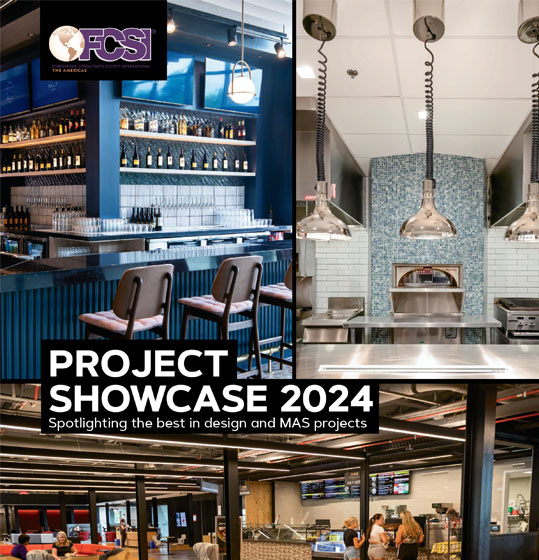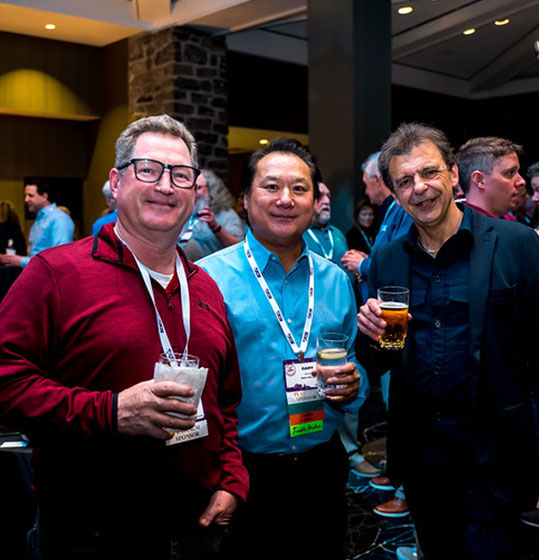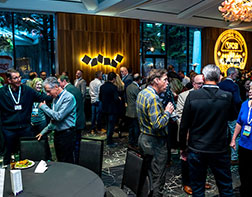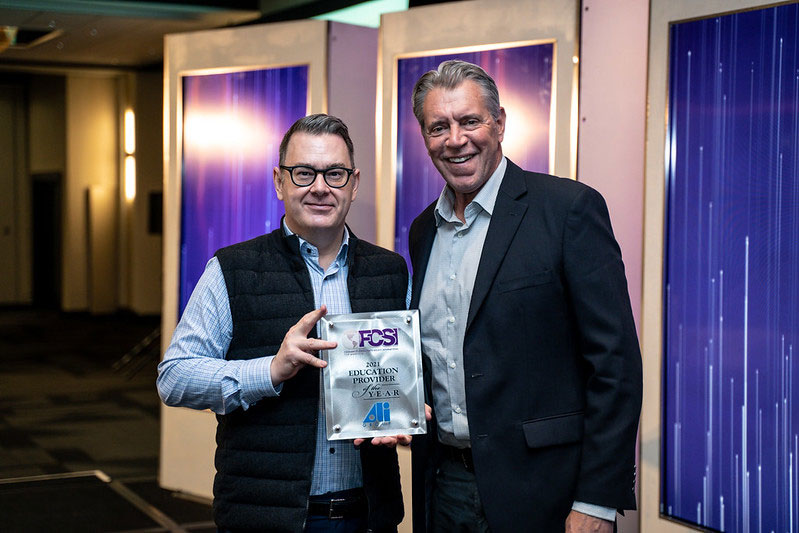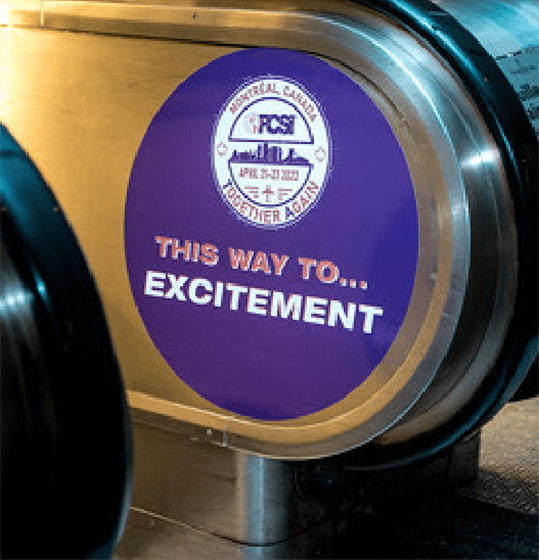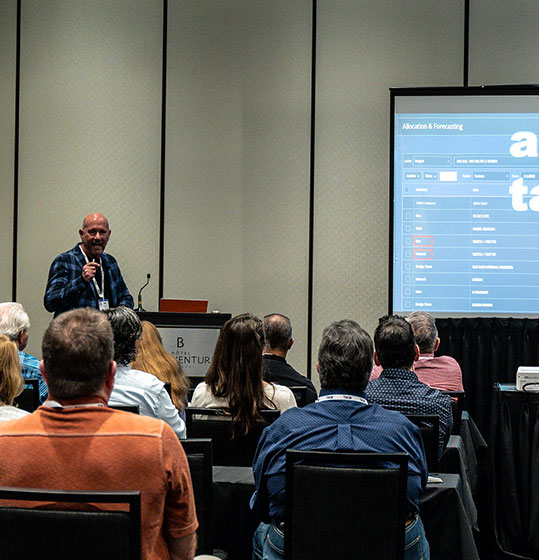Building Management Systems for Modern HVAC – (1 CEU)
Building Management Systems for Modern HVAC - PDH Course Description: Modern buildings are complex; there are lighting systems, HVAC, pumps, security systems, utilities, and more. More often than not, it makes sense to connect all this equipment to a centralized controller or Building Management System (BMS) in order to properly monitor and control it all. In this video we explore how a custom BMS can extract the most performance out of a sophisticated piece of equipment like Paragon HVAC. We apply various use cases including troubleshooting, comfort, and efficiency examples, with a look towards the future and the use of AI. Prerequisite Knowledge: None Learning Objective 1: Understand what a Building Management System is and its basic uses. Learning Objective 2: Compare and contrast traditional HVAC troubleshooting with the proactive approach Building Management Systems can provide. Learning Objective 3: Understand how Building Management Systems can be used by engineers to improve the efficiency of HVAC equipment. Learning Objective 4: Understand how HVAC equipment can be improved using large pools of data gathered by Building Management Systems.


